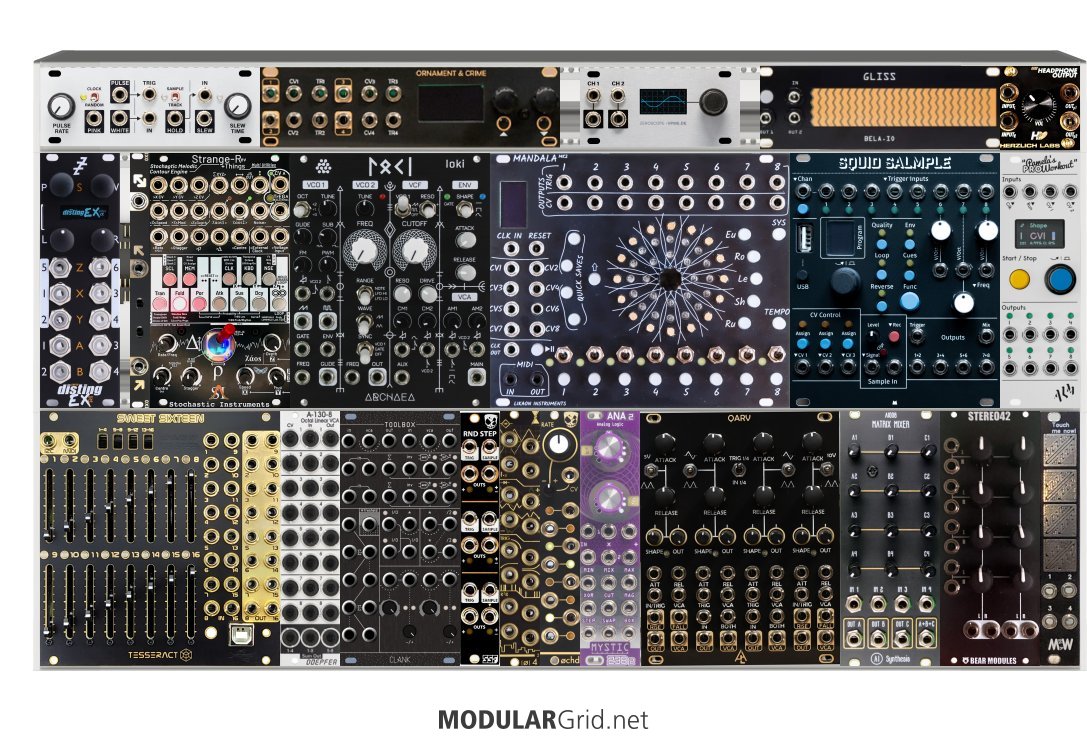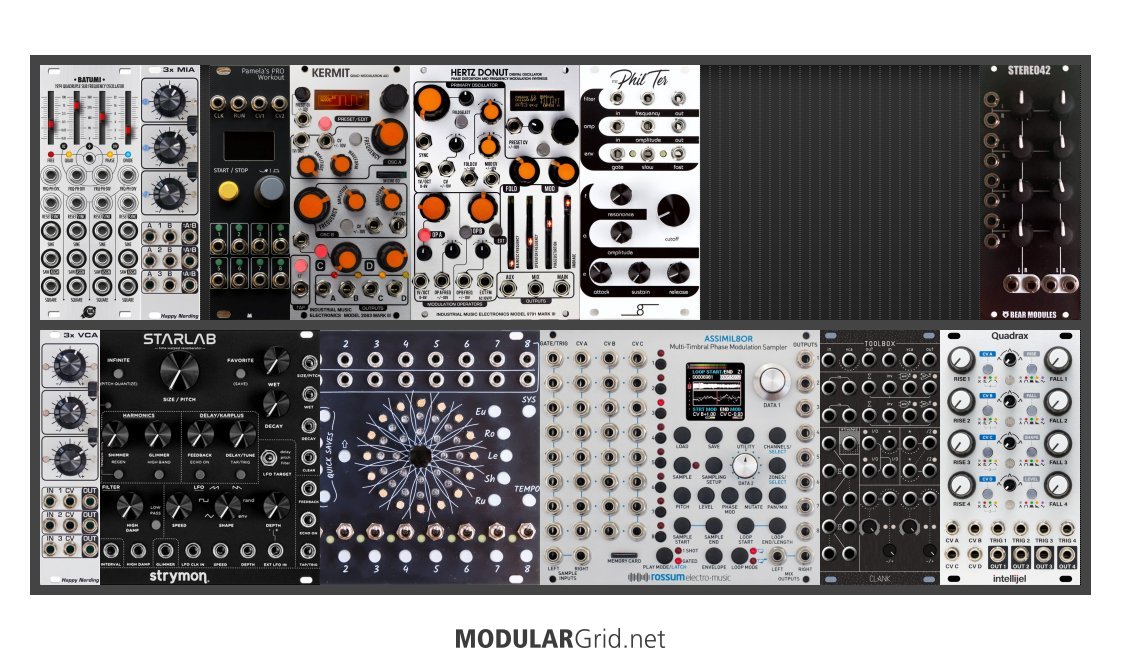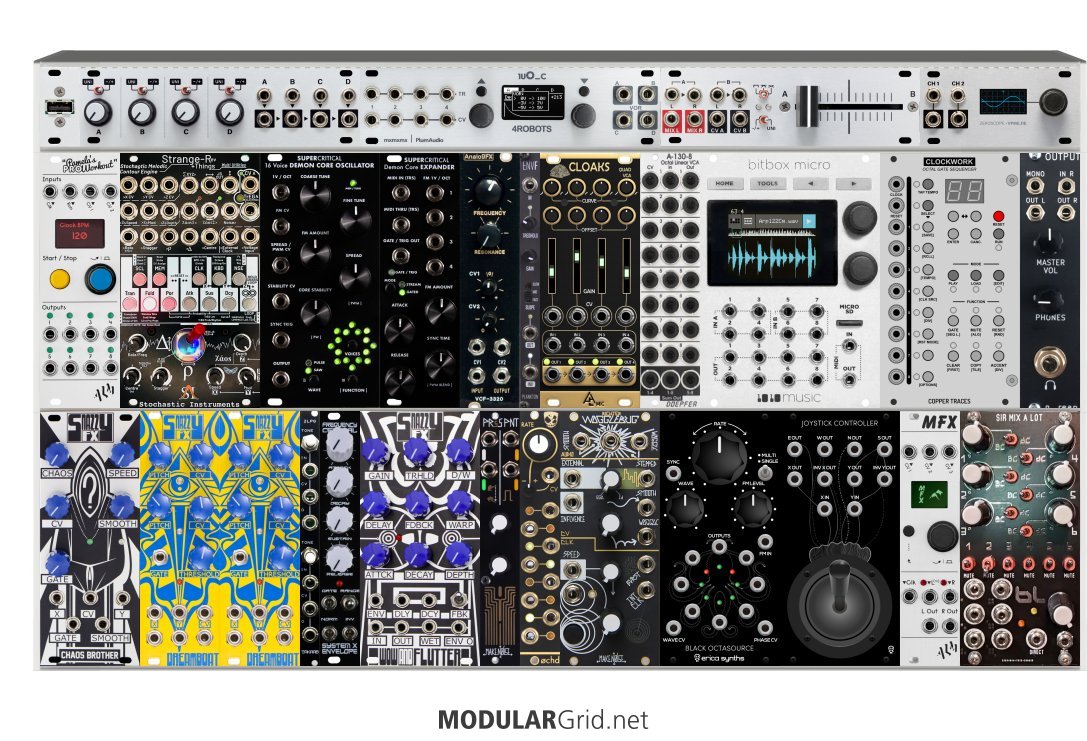You can make ambient with this if you add effects to it (this is true of basically anything). Personally, I think fitting effects into this rack would be a bit much, and it looks like you agree with me so far. There are lots of good standalone effects units with CV ins and outs, so unless you see a specific module that speaks to you and does something that can't be replicated with a standalone device like the Zoia Euroburo, Poly Hector, Alter X and Y, Gamechanger Audio AUTO series etc., I would be wary of giving your rack space to that.
You may want a more versatile oscillator like Plaits, or the new MCO from ALM, or even a sample-based sound source for that, but the STO will work fine as well for simple sounds. As you say, a second smaller oscillator for FM tones probably will help you more there than the second filter, but that is up to you. Intellijel's Dixie II+ oscillator is a good and popular choice because it is small, powerful, has lots of functions, and can switch between LFO and VCO comfortably.
I think the dual ADSR is fine here if you like it and enjoy playing with it. Changing your envelope as you play is good for musical variations. You may also consider adding a Mutable Peaks clone (check out the original and Dead Man's Catch firmwares and you'll see how helpful this particular "envelope/LFO generator/percussion machine" can be in a small setup). If that's too digital for your tastes, an ALM Pip Slope or a couple well spread out Erica Synths Pico EGs could let you have both the big dual ADSR and a couple spare envelopes with less manual-reading. Modules that can be switched from envelope to LFO easily are great for unique modulation and making changes while jamming.
Of course, you should look into all of these and make sure I haven't missed anything or suggested something that will take you off course. You'll know better than me when it's right





